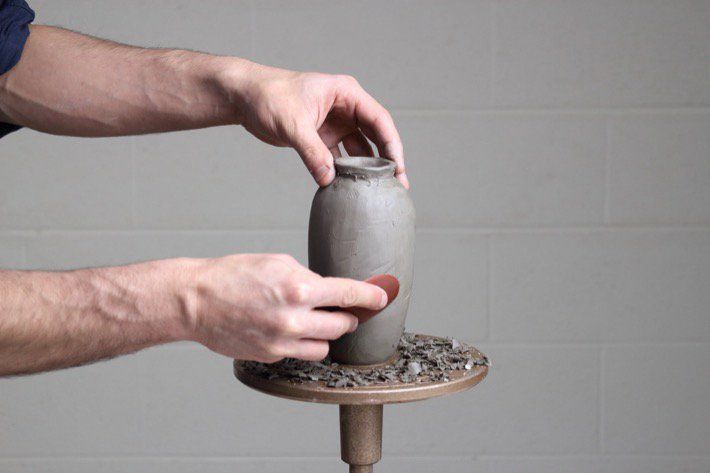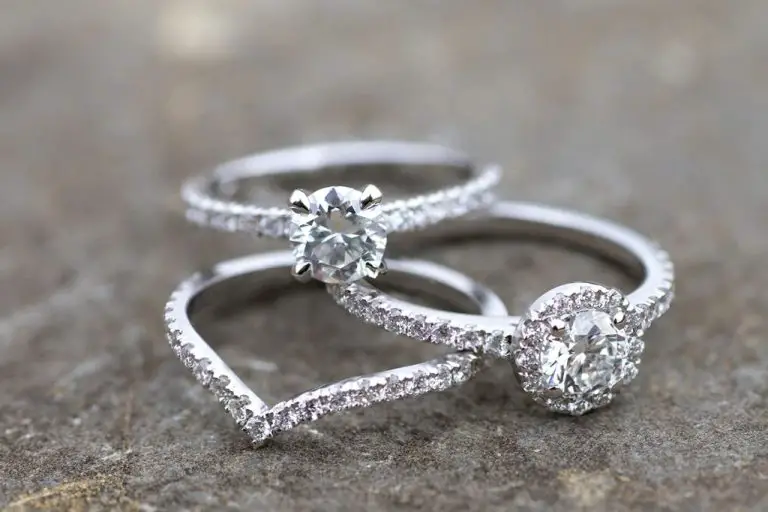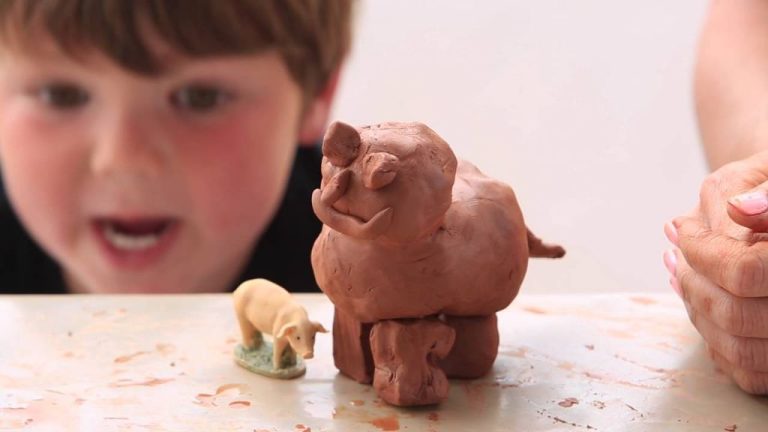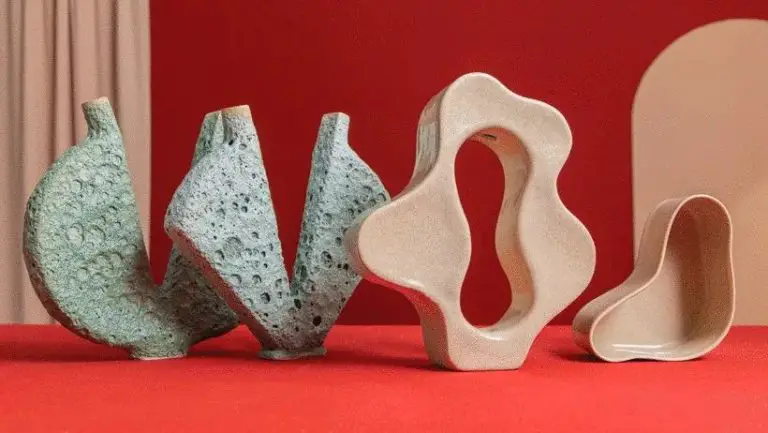Can You Use Stamps For Pottery?
Stamping is a decorative technique commonly used in pottery and ceramics where a pattern or design is impressed into the clay surface before firing using a hand tool or stamp. Pottery refers to ceramic ware made from clay and hardened through firing at high temperatures. Using stamps on pottery is an ancient technique that allows artisans to quickly and consistently imprint designs on their work.
Stamps have been used to decorate pottery for thousands of years across many cultures. From ancient Greek pots to Aztec stamps to modern printmaking, imprinting clay with custom designs is an accessible and creative way to add beautiful embellishments. This article explores the history, methods, and artistic possibilities of using stamps on pottery.
Benefits of Stamping Pottery
Stamping is an efficient technique for decorating pottery that offers several advantages over freehand techniques like painting or carving. Some key benefits of stamping pottery include:
Speed and consistency – stamps allow you to quickly imprint the same pattern or design repeatedly, ensuring each piece has an identical decoration. This is much faster than hand-painting or carving each piece individually. According to How To Stamp Clay, stamps make it easy to achieve “perfectly consistent results every time.”
Mass production – the consistency and speed of stamping makes the technique ideal for high volume production of pottery items. Stamps allow efficient replication at scale. As noted by Practical Guide: Precision & Creativity in Ceramic Stamping, stamps enable “rapid decorating” and are “ideal when you need to produce multiples.”
Less skill required – stamps do not require the high level of artistic skill needed for detailed freehand decoration. Simply pressing a pre-made stamp into clay produces an intricate design even for beginners. Stamping pottery opens up decorative options for makers with basic skills.
Types of Stamps for Pottery
There are several main types of stamps that can be used to decorate pottery:
Rubber Stamps
Rubber stamps are likely the most common and accessible type of stamp for pottery. They are made from carved rubber and can be purchased pre-made or custom designed. Rubber stamps allow you to easily apply repeating patterns and images like letters, numbers, symbols, animals, flowers, etc. They work best on relatively smooth clay surfaces and bisqueware. Make sure to ink the stamps adequately and apply firm even pressure for the crispest impressions.
Clay Stamps
Clay stamps are another handy option, crafted by hand from flexible modeling clay. You can intricately sculpt patterns, textures, and images into the surface of the clay. Let the stamp fully dry and harden before using. Clay stamps will gradually wear down with repeated use but are very economical to produce yourself. They also pick up fine surface details and embossing.
Found Object Stamps
For more organic, improvised designs, you can use just about any small object around the house as a stamp. Things like leaves, seashells, buttons, corks, Lego bricks, lace, lockets, keys, etc. make great found object stamps. Press them gently into the clay, experimenting with different edges and textures. This is a fun way to repurpose common items and add personalized charm.
Linoleum Cut Stamps
Linoleum cut stamps allow for intricate, custom designs. Carve away negative space in linoleum to leave behind a raised stamp surface. This lino stamp can then be inked and used to print your carved design. Lino cut stamps take more effort to produce but enable very detailed imagery and effects.
Best Clay Bodies for Stamping
When selecting a clay body for stamping pottery, the three main options are low-fire earthenware, mid-range stoneware, and porcelain. Each clay type has its own characteristics that impact stamping:
Low-fire earthenware: This clay fires at lower temperatures, usually between cone 04 and cone 06. Low-fire clays tend to be quite porous and prone to absorption, which can result in stamps losing finer detail. However, earthenware clays offer high workability and flexibility when stamping. They also show stamped impressions well. Popular clays are red and white earthenware.
Mid-range stoneware: Firing at higher temperatures between cone 6 and cone 10, stoneware clays become denser and less porous than earthenware. This allows stamped patterns to retain better edge definition. Stoneware offers a good balance of workability when wet and durability when fired. Common stoneware clays are brown stoneware and white stoneware.
Porcelain: At the highest end, porcelain clays fire up to cone 10 or higher. Porcelain results in a strong finished product that holds the sharpest stamped details. However, porcelain can be prone to cracking and requires careful drying and firing. It also has a narrow working range for stamping when wet. Porcelain’s hardness makes achieving clean stamped impressions more difficult.
For most stamping projects, mid-range stoneware offers the best properties. However, testing different clay bodies is recommended to determine personal preference for workability, fired results, and the level of fine stamp detail required.
Creating Custom Stamps
One of the best parts about stamping pottery is the ability to create your own custom stamps. This allows you to add personalized designs and patterns to your pieces. There are several different materials you can use to hand carve stamps.
Carving Rubber
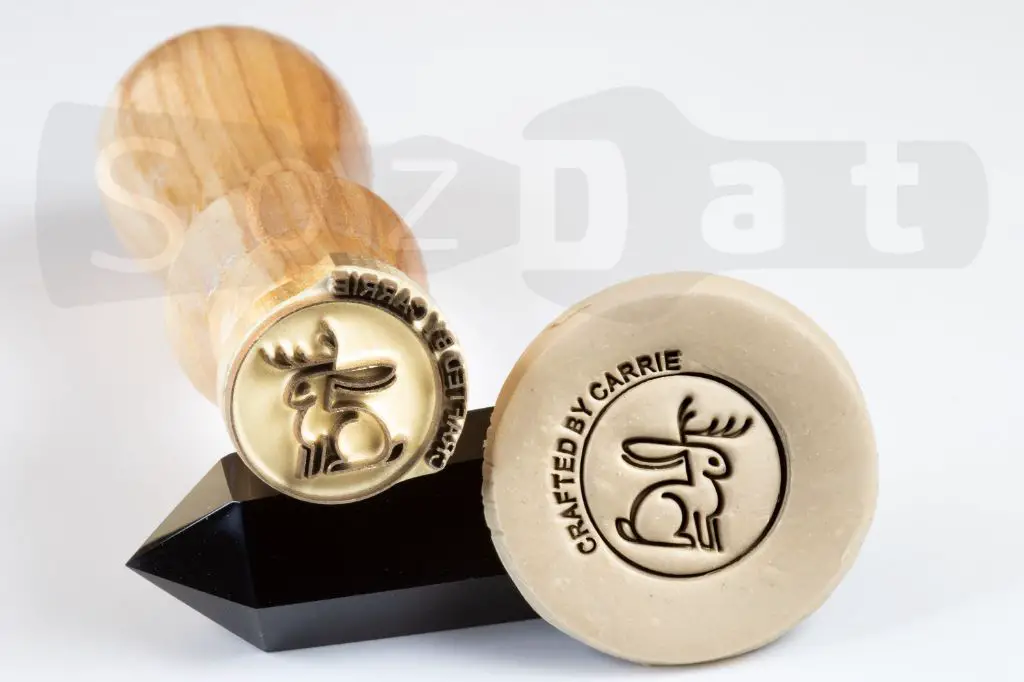
Rubber carving blocks provide an easy material to carve for beginner stamp makers. The rubber is soft enough to carve detail, but firm enough to create consistent impressions. Look for vulcanized rubber blocks made specifically for printmaking. Carve your design in reverse since it will print as a mirror image. Rubber stamps allow you to include fine details like lines and textures.
Sculpting Clay
Air dry clays like Cernit can be molded into stamp designs. Let your clay stamps dry fully, then fire them with a low temperature kiln before use. Clay stamps can be directly impressed into the surface of pottery items using consistent pressure. Clay is great for making stamps with 3D designs and organic shapes.
Linoleum Block Carving
Linoleum blocks provide a traditional carving material to make your own stamps. Use specialty linoleum cutters to carve simple or intricate designs into the surface of the block. Linoleum can capture fine details and withstand multiple impressions. Be sure to carve your design in reverse since linoleum stamps will also produce a mirror image.
Stamping Techniques
There are various techniques that can be used when stamping pottery to create different effects:
Impressing involves pressing the stamp firmly into the clay to create a deep imprint. This works best on soft clay. Rolled clay slabs need to be thick enough to take an impression without distorting.
Rolling involves rocking the stamp slightly as you impress to get a more rounded effect with softer edges. This can help prevent distortion on thinner clay.
Stamps can be combined by partially overlapping two or more stamps. This creates a fun collage look.
Layered stamping involves stamping and then re-stamping the same area to create concentrated, deeper effects. Allow the clay to firm up slightly between applications.
Experiment with different clays, moisture levels, stamp sizes, and stamping techniques to discover new texturing effects for your pottery.
Common Stamping Problems
When stamping pottery, there are a few common issues that can occur, such as uneven impressions, ghosting, and distortion. Here are some tips for avoiding these problems:
Uneven impression refers to when part of the stamped design is lighter or does not have as much detail. This is often caused by not applying even pressure across the stamp. Be sure to press down firmly and evenly when imprinting the design. Rocking or rolling the stamp slightly can also help achieve an even impression (Source).
Ghosting is when a faint outline of the previous impression is visible underneath the new imprint. This happens if the clay is not conditioned properly and is too soft. Let the clay firm up more between stamping or use less water when conditioning to avoid ghosting. You can also try dusting with a bit of cornstarch (Source).
Distortion refers to when the stamped image looks warped or stretched. This is generally caused by the clay being too soft during stamping. Allow the clay to firm up more before imprinting the design. Moving the stamp too much during the impression can also lead to distortion. Press straight down without sliding the stamp around (Source).
Innovative Stamping Ideas
Stamped pottery doesn’t have to be limited to traditional rubber stamps or carved blocks. With a little creativity, you can find all sorts of unique objects to use for stamping clay. Here are some innovative ideas for stamping pottery:
Using fruits and vegetables
Fruits and vegetables like lemons, limes, zucchini, potatoes, and carrots can make lovely natural stamps. Their irregular shapes and textures will create organic, one-of-a-kind impressions in the clay. Wrap them in plastic wrap before stamping to prevent sticking.
Lace and fabric
Delicate lace makes a beautiful impression when used to stamp clay. Press different types of lace into the surface to create intricate patterns. Fabric with texture like burlap can also be used. Make sure the fabric is sturdy enough to use without fraying.
Decorative papers
Stamp clay using crumpled tissue paper, origami paper, sheet music, leaves, or any paper with visual interest. The paper patterns will transfer to the clay. This works best with thinner sheets of paper.
With some creative thinking outside the box, all sorts of everyday objects can become stamping tools for pottery. Kitchen items like potato mashers, mesh produce bags, cookie cutters, or citrus juicers often have patterns suitable for stamping. Raid your recycling bin for textures like bottle caps, corks, and jar lids. The possibilities are endless for experimental stamping materials!
Notable Stamped Pottery
Some of the most iconic and valuable stamped pottery comes from early Chinese dynasties, English potter Josiah Wedgwood, and Native American artist Maria Martinez.
Early Chinese potters used stamps and seals to mark their pottery as early as the Shang Dynasty (1600-1046 BCE). Stamped pottery flourished during the Han Dynasty (206 BCE-220 CE), with potters stamping decorative patterns and calligraphy onto clay vessels before firing. The most famous examples include the stamped pottery from the kilns in Yuezhou, which feature stamped dragons, phoenixes, flora, and calligraphy.
In 18th century England, Josiah Wedgwood pioneered a matte-black pottery called basalt ware. He molded and stamped neoclassical designs into the clay inspired by ancient Greek and Roman artefacts. Wedgwood’s basalt ware remains highly collectible today (Source: https://pottery-english.com/valuable-pottery-marks/).
Born in San Ildefonso Pueblo in New Mexico, potter Maria Martinez revived her tribe’s traditional blackware pottery art in the early 1900s. She hand-molded the clay vessels before stamping geometric Native American designs onto them. Martinez’s pottery is exhibited in museums worldwide and she received multiple cultural honors before passing in 1980.
Conclusion
In summary, stamping is a versatile, creative, and accessible technique for decorating pottery. From easily found household items like corks or vegetables to custom-carved stamps, there are endless options for making unique impressions. While proper clay choice and preparation are key for crisp stamps, the basic process is straightforward whether using single stamps or layered motifs. With some practice and experimentation, stamping allows potters to quickly decorate pieces with beautiful patterns and textures. The stamped designs showcase both the artistry of the stamps themselves and the artisan who thoughtfully arranges and prints them. While stamped pottery has a long global history, today’s potters continue to innovate with this timeless technique. With the right approach, tools, and creativity, stamping can provide a fulfilling way to leave your permanent mark on clay.

